Should you be using table salt, sea salt or kosher salt to season your food? Which is better? There are all kinds of options for salt these days, but are they really that different?
The type of salt we eat is sodium chloride, whether it’s table salt, sea salt or kosher salt. Salt is an essential nutrient and electrolyte. The taste, texture, color and aroma vary depending on where the salt is harvested and how it is processed.
Salt has been used for thousands of years to flavor and preserve food. Basically, all salt is sea salt. Salt comes from either salt water (oceans, seas, salt lakes, etc.) or is mined from underground ancient seabeds. The differences are mostly determined by how it is processed.
Are different kinds of #salt really that different? And what kind of salt should you use? Find out. #saslife Click To TweetSea Salt
If unrefined, sea salt can contain other minerals such as calcium, potassium and magnesium, in very small, or trace amounts. Sea salt producers allow seawater to slowly evaporate, leaving only the salt flakes behind. Mined sea salt tends to have a pink hue, like Himalayan sea salt, and also contains traces of minerals.
The color of sea salt can vary depending on where it is harvested. For example:
- Himalayan pink salt from Pakistan
- Hawaiian black salt from the coast of Hawaii
- Hawaiian pink salt from areas close to red volcanic clay
- French grey sea salt from the clay the salt is evaporated on.
Microplastics found in sea salt have been more of a recent concern due to the increasing amount of microplastics found in our oceans. Since this is a fairly new problem, there aren’t enough studies to determine how this will impact our health, at least in the amount that we might get from salt, but it doesn’t look good. Check out the article linked above for more information.
Small amounts of lead have also been found in certain sea salts. A study by Consumer Lab concluded that black and grey salts had the highest content of lead (1-1.3 mcg per gram). Not enough to be a major concern, but something to consider.
Kosher Salt
Kosher salt is basically sea salt that is left in big flakes or coarse particles. It can be flat or pyramidal in structure depending on the brand. It’s called kosher salt because traditionally it was used in the koshering processes of meat.
It is not typically iodized, but some brands may contain anti-caking compounds.
Table Salt
Table salt is the most processed. Producers wash and bleach the salt and refine it to remove any trace minerals. It also typically contains additives like anti-caking agents and humectants.
Fortified with potassium iodide, which is sensitive to acidity, iodized salt typically also contains sodium carbonate, thiosulfate and sugar. While fortifying table salt with iodine has been an overall good thing, calibrating iodine intake can be tricky if you are managing thyroid disorders.
For those with sensitive taste buds, you might notice a subtle chemical flavor in foods seasoned with table salt. Table salt is also not ideal if you are pickling or brining as it can add a bitter flavor and may change the color of the water.
Selecting Salts
Overall, the type of salt you choose may have more to do with personal preference and/or cooking technique:
- Coarse salts can help you get a savory crust on seared meats and can make tougher cuts more tender.
- Flaky salts dissolve quickly and are ideal for baking and everyday cooking. It is necessary in bread making to help tighten the gluten structures.
- Large flake salts are fun to finish foods with if you want a delicate but noticeable crunch.
- Fine grain salts are great for many tasks but are especially good for roasting nuts and sprinkling on popcorn when you need more of an even distribution.
Regardless of the type of salt you choose, salt is essential to any kitchen as it can enhance the flavors of sweet or savory dishes. Stay tuned to learn about the latest on how our health is impacted by salt intake.
Magic Mushroom Powder
Makes 2 cups
Recipe adapted from Author, Michelle Tam
PRINT RECIPE
Sprinkle this umami-packed seasoning salt on anything to make it delicious!
Ingredients
1 ½ oz dried porcini mushrooms
1 cup kosher salt or coarse sea salt
1 ½ Tbsp red pepper flakes
1 Tbsp dried thyme
½ Tbsp freshly ground black pepper
Directions
- Using a food processor or high-speed blender, pulse the dried mushrooms a few times to get them into smaller, more even sized pieces. Make sure the lid is on very tight and blend until you get a fine powder. Let it settle for a few seconds before you remove the lid. You could also use a coffee or spice grinder, you would just need to do this in several small batches.
- In a large bowl, combine the powdered mushrooms, salt, red pepper flakes, dried thyme and freshly cracked black pepper.
- Stir well to mix thoroughly, ensuring all spices are evenly distributed.
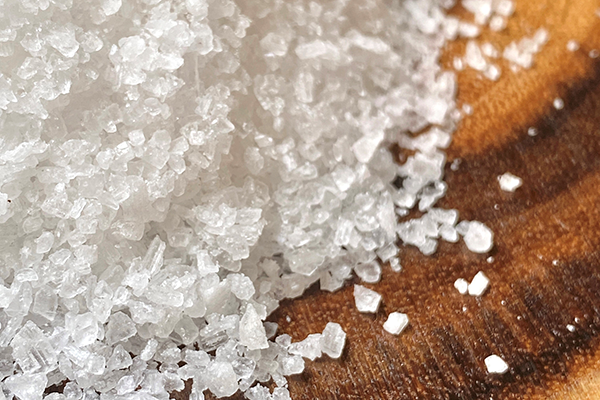
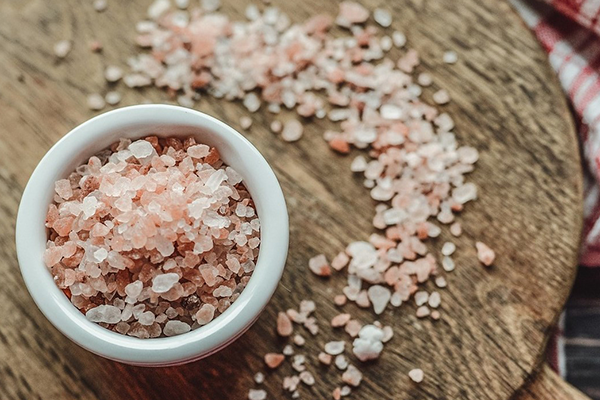
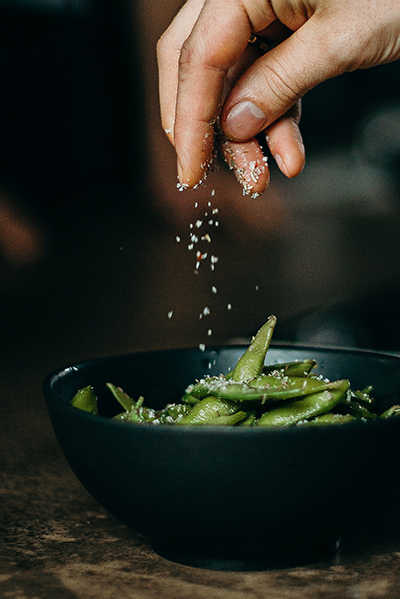
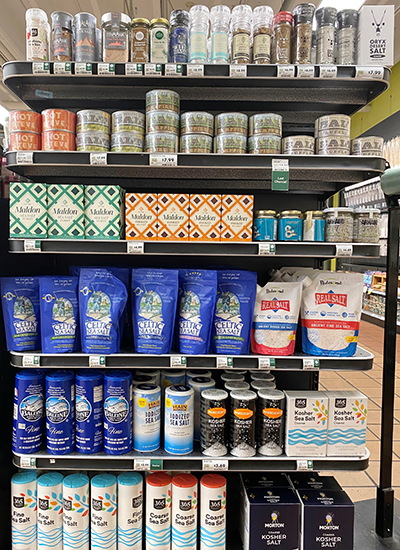
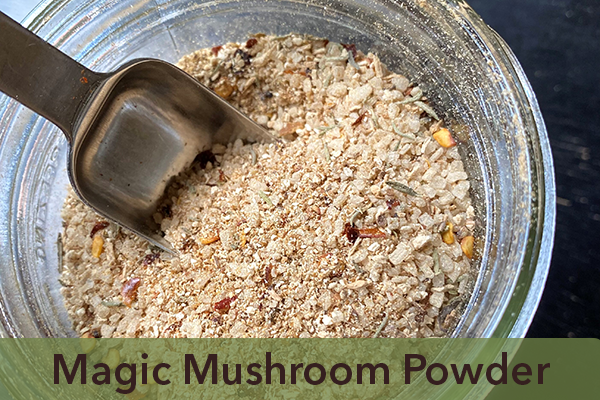
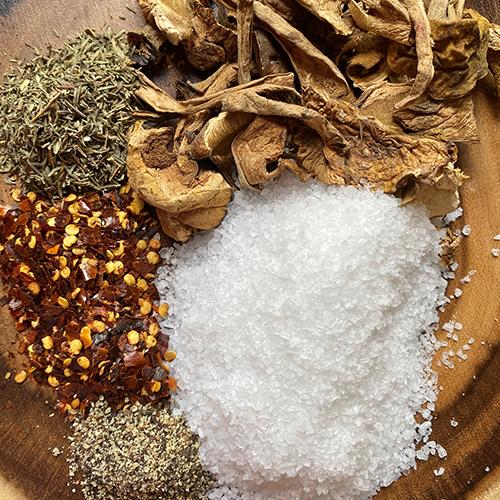


3 Comments
Is it worth getting Green Salt, which is dehydrated sea asparagus, does using this eliminate the fear of microplastics as the plant is washed before being dehydrated? Does it provide any valuable trace elements?
This is a great question John! Green Salt, or powdered salicornia can be used as a salt substitute for some things. Since it's a salt water plant it can tend to have a seafood-like flavor. As far as the microplastics go, it seems to be a safe option, but I couldn't find any concrete evidence of this. Again, since it's a plant, it does contain some nutrients like potassium, magnesium, and various antioxidants, of course in small amounts since you would only be using small amounts. I have never tried it though, so I'm not sure how seafood-y it might taste.
As someone with low thyroid, I will continue to use iodized salt.